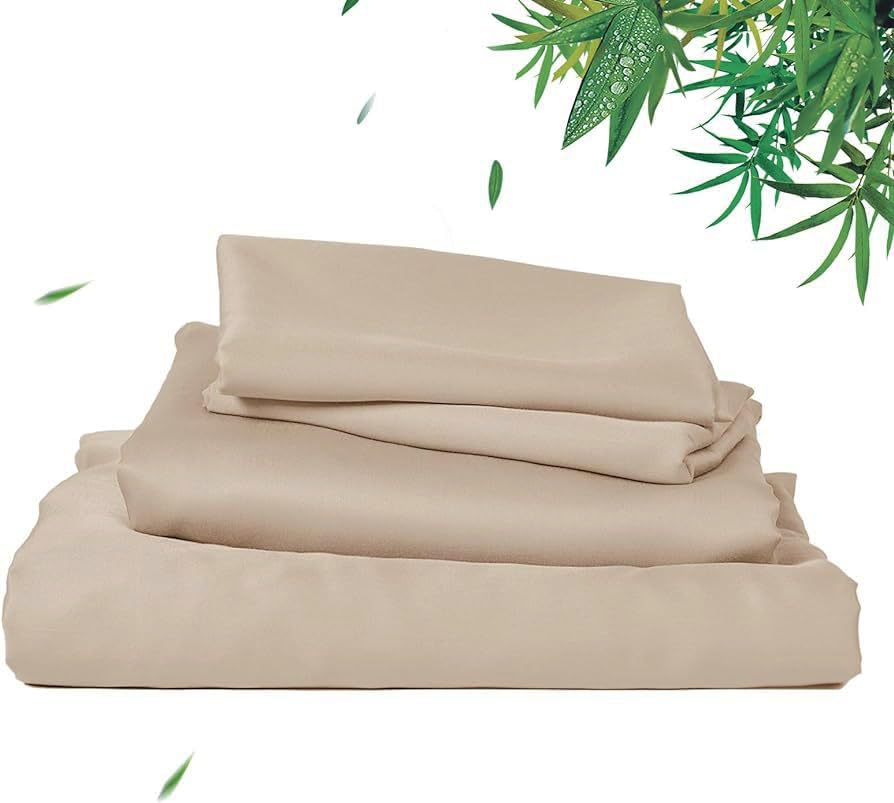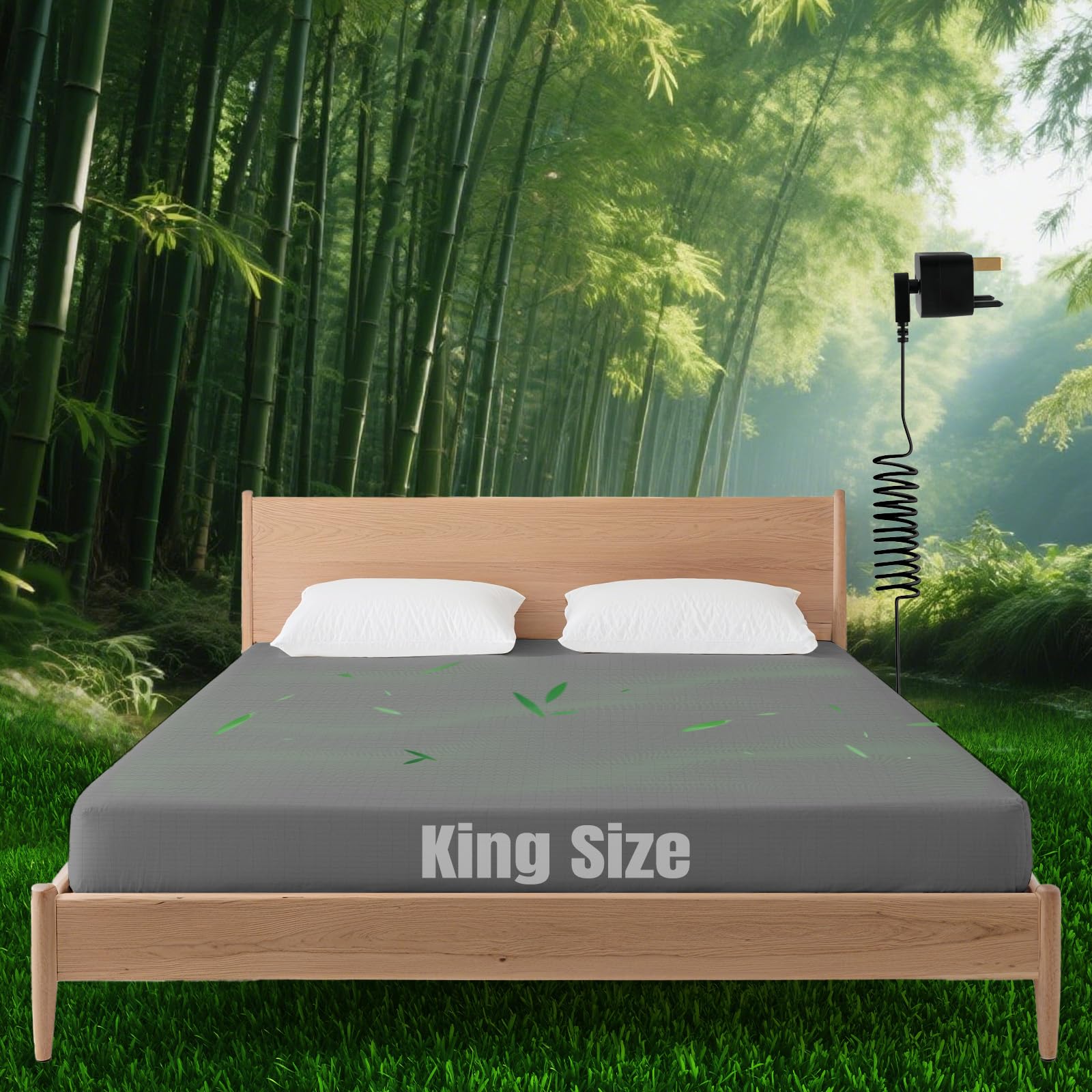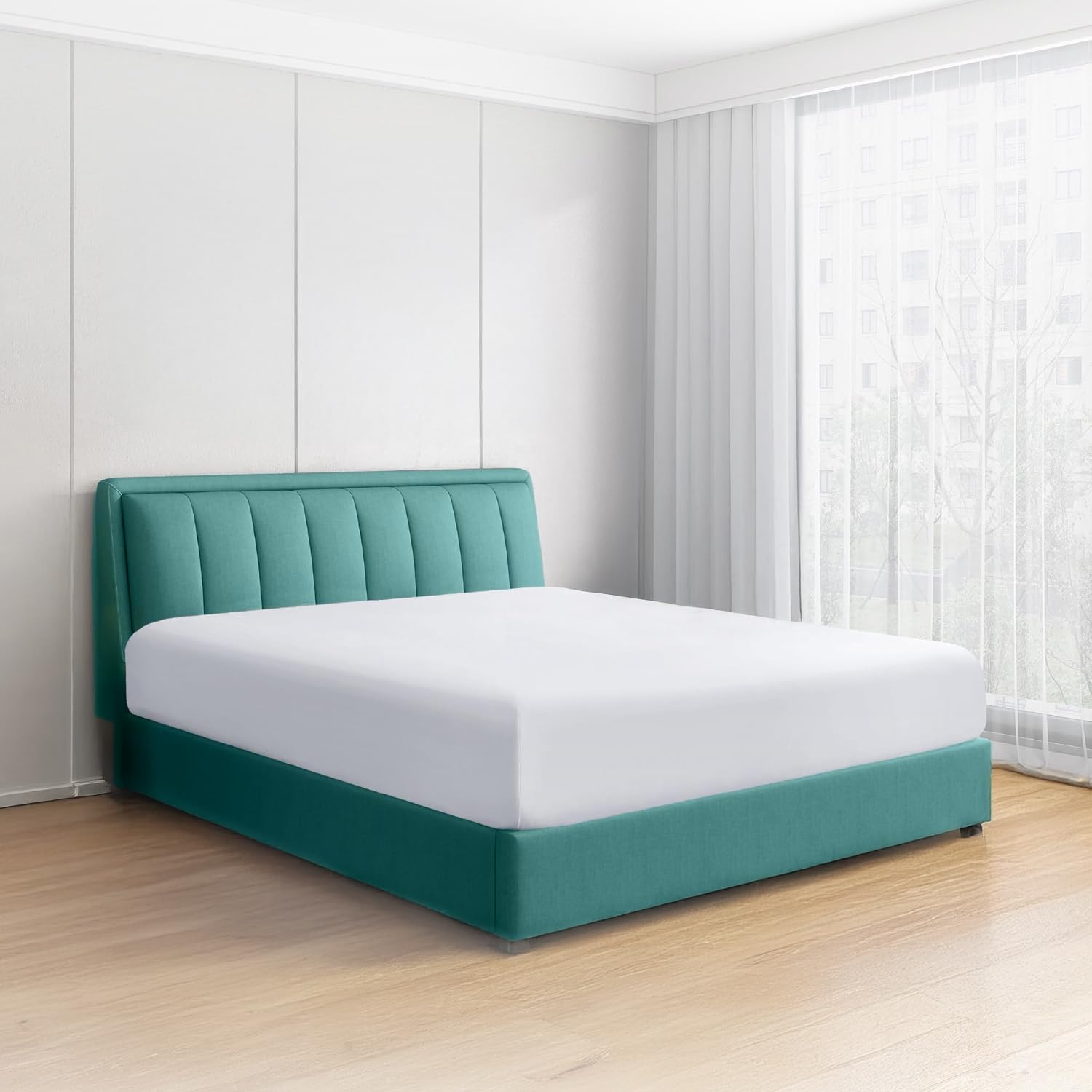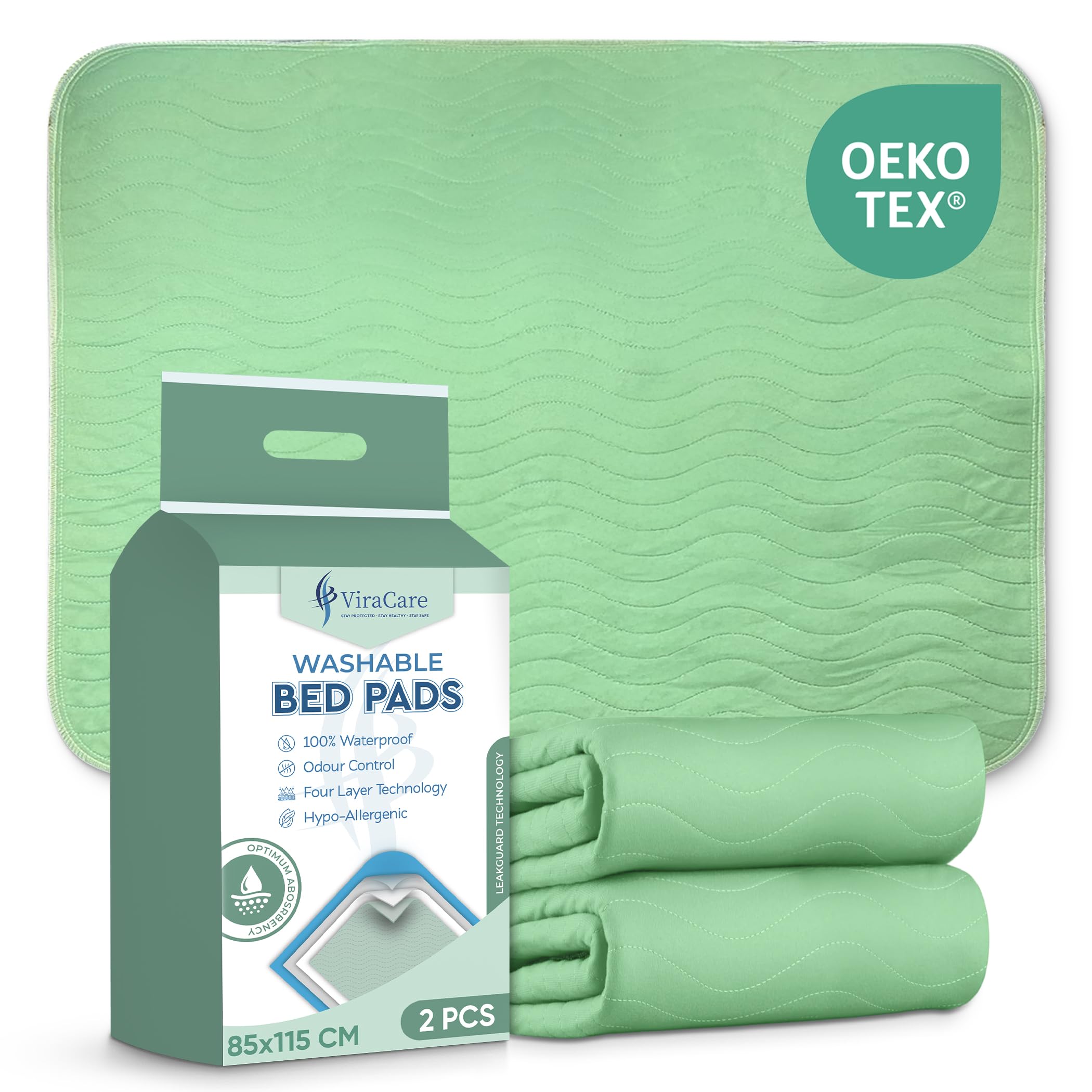Not all cotton sheets feel the same, even when labels look similar. Percale, poplin, and twill describe how the fabric is woven and each weave creates a different hand feel, breathability, and drape. This UK guide compares the three in plain language so you can pick sheets that match your sleep style and bedroom temperature.
Breathable bases such as bed sheets that stay cool set the tone for the rest of the setup.
Percale: cool and crisp
Percale is a plain weave with one yarn over and one under. It feels matte and crisp, breathes well, and softens steadily with washing. Many people in the UK use percale all year because it stays cool under a duvet. If you like the feel of a freshly ironed shirt and want sheets that do not cling, this is the safe, comfortable choice.
Poplin: smooth shirting feel
Poplin is closely related to percale and often used in shirts. It uses a plain weave but with finer weft and a slightly ribbed texture when viewed up close. In bed sheets, poplin feels smooth and cool, sitting between percale’s crispness and sateen’s drape. If you want a neat, shirt like feel with less glide than sateen, poplin is a nice middle ground.
Twill: soft drape with subtle diagonal
Twill weaves create a diagonal line in the fabric. This structure gives a softer drape and can feel a touch warmer than percale because yarns pack differently. Twill resists wrinkles better, which is handy if you dislike ironing. If you want something softer that still uses natural cotton and do not run particularly hot, twill can be a cosy option for autumn and winter.
Breathability and temperature
Percale usually breathes best among the three, which makes it popular for hot sleepers. Poplin is close. Twill can feel a little warmer due to the denser path of yarns. Drape matters too. Fabrics that cling feel warmer, so pair twill with a suitable duvet tog rather than the heaviest winter option if you want a balanced bed.
Durability and care
All three weaves hold up well when made from good cotton. Percale can feel slightly rough out of the bag but softens reliably. Poplin feels smooth early. Twill hides wrinkles and feels soft off the line. Wash with mild detergent and avoid heavy softeners so fibres keep their natural feel. Line dry to preserve hand feel and elastic on fitted sheets. Ironing is optional. Percale looks crisp when ironed; twill and poplin tend to look neat even without it.
Which weave suits you
Pick percale if you like cool, crisp sheets. Choose poplin if you want a smooth, shirt like feel without sateen’s sheen. Choose twill if you prefer a softer drape and do not run hot. If you are unsure, start with a percale set for summer and add a twill or sateen set for colder months. Building a small rotation by season is often the most comfortable approach in the UK.
Breathable percale, smooth poplin and cosy twill sets appear in the best bed sheets for UK sleepers. Pair with a duvet matched to the season and a quiet, deep‑fit mattress protector.
FAQs
Which weave is coolest?
Percale breathes best for most people. Poplin is similar. Twill feels a touch warmer and drapes more softly.
Does twill pill less?
Pilling depends more on fibre quality than weave. Long staple cotton pills less across any weave. Twill hides wear slightly better due to its diagonal texture.
Do I need to iron percale?
Only if you like that crisp look. A short tumble on low softens percale nicely. Twill and poplin tend to look neat off the line.





